Kelvindale Tunnel
Kelvindale Tunnel
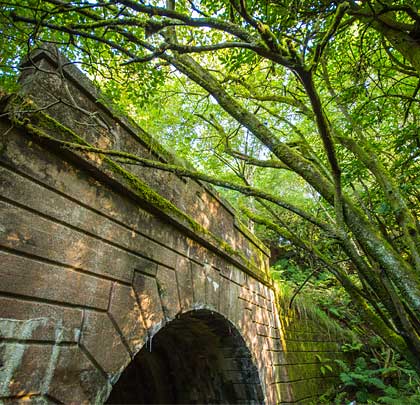
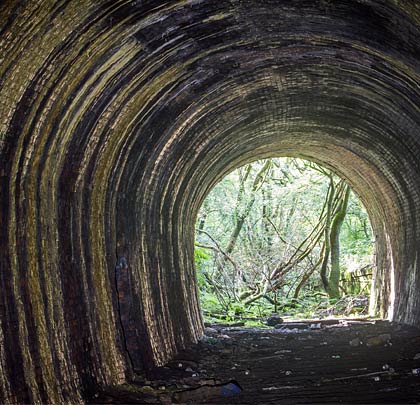
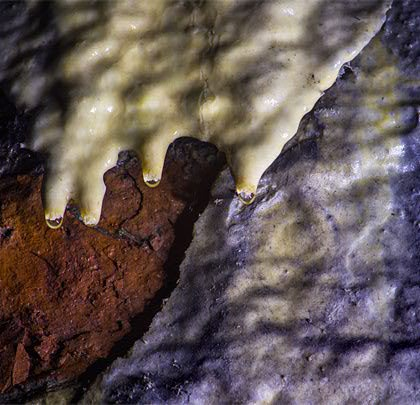
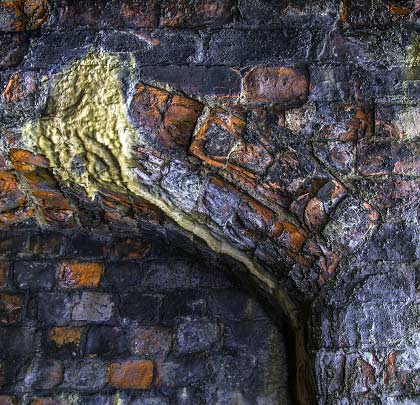
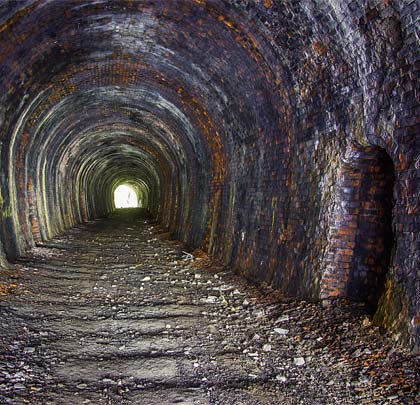
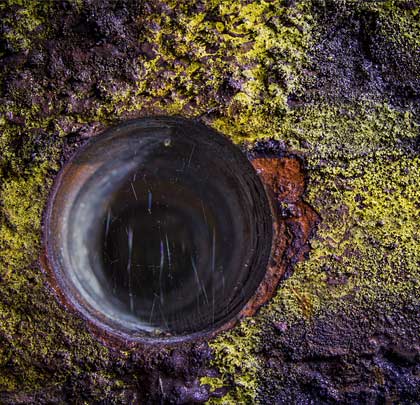
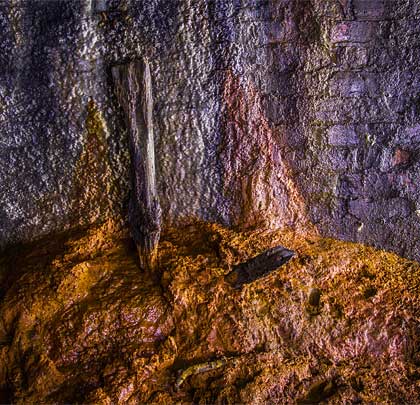
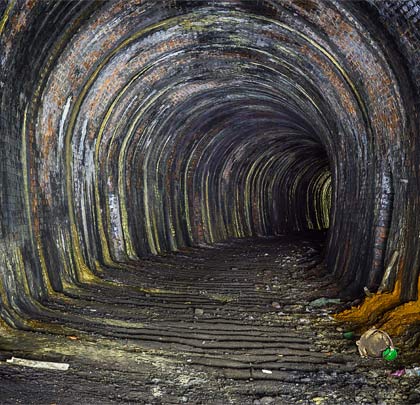
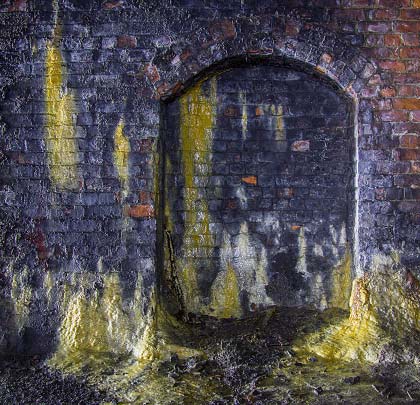
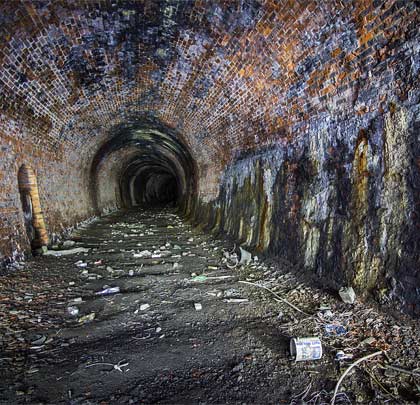
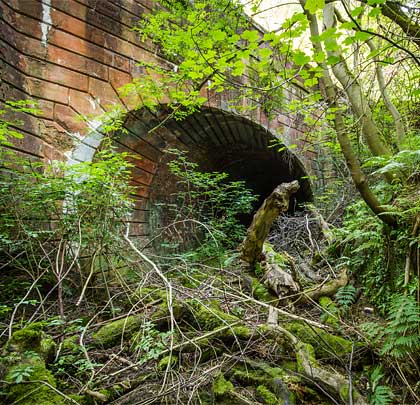











Two gasworks, Dawsholm and Temple, were connected by a tunnel under the Forth & Clyde Canal after the latter was bought by Glasgow Corporation in 1892. This structure accommodated both rail and foot traffic together with a collection of gas mains. Four years later, Dawsholm – on the canal’s north side – was producing 13 million cubic feet of gas daily and would soon expand to become the second largest gas works in the world. Meanwhile Temple, on the south side, was used primary for storage, having one holder with a capacity of 5.5 million cubic feet.
1896 was a notable one for the Temple works as it was connected to the Caledonian Railway’s network by a ¾-mile branch from the company’s main line near Dawsholm Station. This crossed the River Kelvin on a curved six-span viaduct before immediately entering a tunnel of 232 yards.
The east portal was skewed to the railway due a road passing immediately above it. Although mimicking the appearance of stone, the structure – together with a retaining wall on the south side – is actually formed of pink concrete.
Inside is a brick-built lining that comprises an arch supported by sidewalls which taper out towards the top. Refuges were inserted, benefiting the platelayers who fettled the single track. Through its first half, the tunnel curves to the north on a radius of about 10 chains, thereafter straightening before a slight curve to the south takes over just before the western entrance. Although there is not much puddling, the tunnel has clearly suffered the effects of water ingress, with localised brick spalling, calcite deposits and accumulations of ocre. These are most prevalent through the central and west sections.
The west portal is also concrete-built but more conventional in design, with curved wing walls at both sides and a stepped parapet above the headwall. The number 45 is painted on the structure to the left of the entrance. Towards the gas works, the approach cutting extended for about 500 yards. This is now an impenetrable jungle.
Despite the considerable investment in engineering, the Temple branch only remained operational for 24 years, closing in 1920.
 November 2014
November 2014





